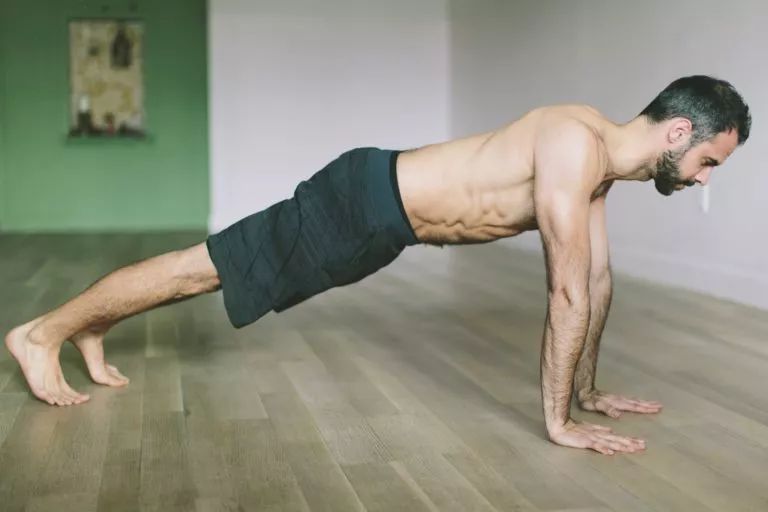As we all know, in the practice of Yoga handstand, both hands and arms are the foundation of the whole asana.

If the foundation is stable, handstand basically has no big problem.

However, in fact, many Jia people feel weak shoulders and arms, painful wrists and unstable foundation in handstand.

So, today, yogi Xiaobian will recommend a set of preparation sequence mainly for the shoulders, arms and wrists of opponent handstand to help you lay a good foundation for Yoga handstand and easily get handstand.

Let’s have a look: 1.

Baby pose – extend your arms, kneel on the mat, put your feet and legs together, sit with your hips to your heels, inhale and extend your spine, and stretch your arms forward, Keep 5-8 breaths, hold up ten fingers, push the ground with your fingers, extend your arms and shoulders again, and keep 5-8 breaths.

2.

Cat cow variant – extend the four corners of your arms and wrists to kneel on the cushion surface, separate the roots of your index finger and ring finger with your five fingers, press your roots to the ground, and keep 5-8 breaths to change the direction of your fingers, Point your fingertips to your knees, with the root of your palm facing forward, extend the inner side of your arm and wrist, maintain 5-8 breaths, and repeat group 2-3.

3.

Cat cow variant – shoulder blade exercise Yoga (yoga_in) kneeling at four corners, push the shoulder blades upward with both hands to keep 5-8 breaths, and then move the shoulder blades downward and close to the middle to keep 5-8 breaths.

You can also do rotary exercises to exercise the flexibility of the shoulder blades and your control over the shoulder blades.

4-5, downward dog pose and variants – extend and strengthen the arms, shoulders prone on the cushion surface, hands on both sides of the chest, and inhale accurately Prepare, exhale, straighten your legs backward and upward, step down on your heels to extend your torso, straighten your arms, keep 5-8 breaths, kneel on the cushion surface, change the direction of your fingers, keep the palm root forward, and keep 5-8 breaths.

6-7.

Inclined plate variant – strengthen your arms and wrists, lie prone on the cushion surface, put your hands on both sides of your chest, inhale and extend your spine, exhale, push the soles of your feet to the ground, tighten the core, and straighten your arms Enter the inclined board, keep 5-8 breaths, move the body’s center of gravity forward about a fist distance, keep 5-8 breaths, restore 8-10, prepare for handstand take-off – strengthen the mountain standing with the wrist and shoulder, open the feet the same width as the hip, inhale and extend the spine, exhale the trunk forward and down, put both hands under the soles of the feet, and keep the back of the hands close to the ground.

Beginners can bend their knees slightly and keep 5-8 breaths slowly Bend your knees more, stand on tiptoe with the heels and the soles of your feet in the palm of your hand, keep 5-8 breaths, change your hands, move your fingertips ahead, lift your heels up more, feel your hips up, and keep your hips and legs up slowly.

Repeat practice 3-5 times.
11.
Stand with half hands against the wall and bend your knees upside down.
Start from the downward dog pose with your feet against the wall, bend your knees a little closer from the wall, and your legs are slow Slowly keep 5-8 breaths upward along the wall.
12.
Half hand handstand yogi facing the wall (yoga_in) on the basis of the above postures, slowly straighten your legs, push the wall with both feet, straighten your arms and shoulder blades close to each other, extend your spine and keep 5-8 breaths, slowly straighten one leg and keep 5-8 breaths.
If you change the other side carefully, you may have found that the above practice sequences are carried out step by step, so don’t be easy in the process of practice If you want to try handstand, please be sure to practice after the above practice and make sure the foundation is stable…

